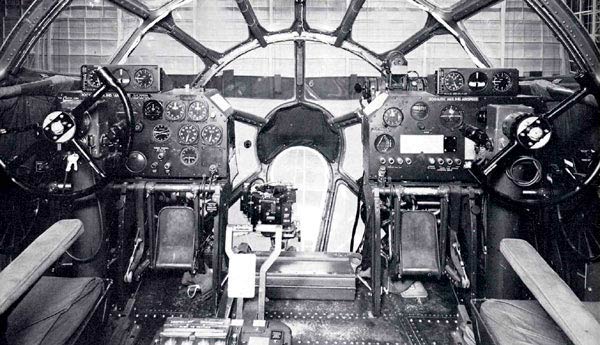SUICIDE ATTACKS ON B-29s
Some of the bloodiest battles of WWII occurred during the battle for the Marianas. The Japanese, refusing to surrender and fighting to the last man inflicted heavy casualties on the Americans. We had to fight for every inch of land on those strategically important islands. While our losses were staggering, it was imperative that we take the islands to provide bases for our B-29s. From Guam and Saipan we could mount heavy airstrikes against the Japanese mainland. In the summer of 1944 our amphibious forces captured the Marianas, and a crash program started immediately to transform them into forward bases for the B-29s. The B-29s did not have an easy time on their missions to bomb Japan. The typical mission took 16 hours and covered 3200 miles. They had no fighter escorts. They faced navigation problems, anti-aircraft fire, search lights, and worst of all the jet stream. Fuel was a major problem with the return trip a nightmare. Bad weather, mechanical problems, and physical damage were only some of the problems.
The capture of the Mariana Islands sealed the fate of the Japanese Empire. This positioned the B-29s just 1300 miles southeast of Tokyo, and within range of Japan's industrial districts. The B-29s could fly above the reach of most fighter planes and accurate anti-aircraft fire, yet the trip to Tokyo and back took over 15 hours. General Hap Arnold chose General Haywood S. Hansell Jr. to command the XXI Bomber Command. The B-29s kept coming, and soon Hansell had over 100 to bomb the Japanese aircraft industry, which was first on the list. Over Tokyo the bombers were subjected to inaccurate flak ineffective fighters due to the altitude. However the altitude was the very cause of the bombers not getting results. The jet stream was causing most of the problems. The B-29s faced the first of many suicide attacks when a Kawasaki pilot crashed his plane into the tail of one flown by Lt. Sam Wagner. Both planes went down in vertical dives and no parachutes were seen. It was obvious to the Japanese that the loss of one pilot and one fighter plane compared to a B-29 and eleven trained airmen was an excellent exchange. The B-29s faced a natural phenomenon that was making their high altitude precision attacks an impossibility. The jet stream at 30,000 ft. blowing at least 150 mph made the bombardiers job extremely difficult. If they flew with the wind the targets were missed. If against the wind they became sitting ducks to Japanese flak. Also the jet stream was unpredictable, shifting abruptly. Hansells attempt to bomb the NAKAJIMA ENGINE WORKS three times had failed. On the third raid Japanese fighters were aggressive, shooting down six bombers and damaging another six. Hansell decided to bomb the MITSUBISHIE AIRCRAFT ENGINE WORKS at Nagoya. Japanese fighters shot down four B-29s and damaged 31. The Kamikaze attacks were increasing and B-29 losses were becoming unacceptable. The B-29 "Uncle Tom's Cabin" was rammed by three fighters and crashed. The attack had taken seven minutes during which time witnesses saw its gunners destroy nine Japanese fighters. Time after time bombing results were not satisfactory, and Washington was getting nervous over our increasing losses. Hansell was replaced by Curtis LeMay. He refused to be shut down by the jet stream. He decided a reduction in altitude would improve bombing accuracy, reduce fuel consumption, and eliminate the jet stream problem. LeMay also had a surprise for Japan. He planned large scale firebombing with incendiaries. His first raid was promising, although fighters shot down one B-29 and damaged 35. Still handicapped by bad weather over Japan, LeMay was getting criticism and higher ups were becoming impatient as they were with Hansell. LeMay knew something had to be done. He ordered a mission to be flown at fifty ft. General O'Donnell told LeMay he refused to fly the mission. LeMay looked him straight in the face and said "you WILL fly that mission". The mission was flown without the loss of a single plane. LeMay was now ready to carry out his firebombing program

B-29 COCKPIT - Ctsy. BOEING